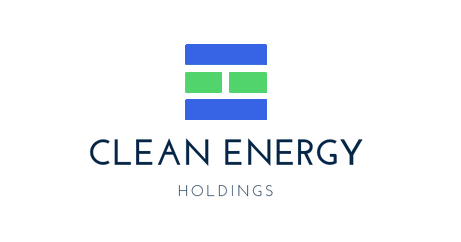Duke Energy will break ground in DeBary, Fla., on a demonstration project in the United States to create clean energy using an end-to-end system to produce, store and combust 100% green hydrogen.
The system is the result of collaboration between Duke Energy, Sargent and Lundy, and GE Vernova and will be located at Duke Energy Florida’s DeBary plant in Volusia County, Fla.
“Duke Energy is constantly evolving and seeking ways to provide clean, safe energy solutions to our customers,” said Melissa Seixas, Duke Energy Florida state president in a news release. “DeBary will be home to Duke Energy’s first green hydrogen production and storage system connected to existing solar for power generation, and we are grateful to the city for allowing this innovative technology in their community.”
The system will begin with the existing 74.5 MW DeBary solar plant providing clean energy for two 1 MW electrolyzer units.
Construction of the project will begin later this year and could take about one year to complete. Duke Energy anticipates the system will be installed and fully functioning in 2024.
The resulting oxygen will be released into the atmosphere, while the green hydrogen will be delivered to nearby, reinforced containers for safe storage. During times when energy demand is highest, the system will deliver the stored green hydrogen to a combustion turbine (CT) that will be upgraded using GE Vernova technology to run on a natural gas/hydrogen blend or up to 100% hydrogen. This will be the nation’s first CT in operation running on such a high percentage of hydrogen.
“Duke Energy anticipates hydrogen could play a major role in our clean energy future,” said Regis Repko, senior vice president of generation and transmission strategy for Duke Energy. “Hydrogen has significant potential for decarbonization across all sectors of the U.S. economy. It is a clean energy also capable of long-duration storage, which would help Duke Energy ensure grid reliability as we continue adding more renewable energy sources to our system.”
Readily available hydrogen is a dispatchable energy source, meaning it is available on demand. It can be turned on and off at any time and is not dependent on the time of day or the weather, like sun, wind or other renewable energy sources known as intermittent.
Dispatchable energy provides a needed element of reliability that will enable us to add more intermittent energy sources, yet still ensure we can meet customer demand, even during extended periods of high demand. Using solar energy to generate green hydrogen enables solar plants to be optimized. Relying on intermittent energy sources without available dispatchable energy sources would put our future electric system at risk of having insufficient energy to serve customer demand.






